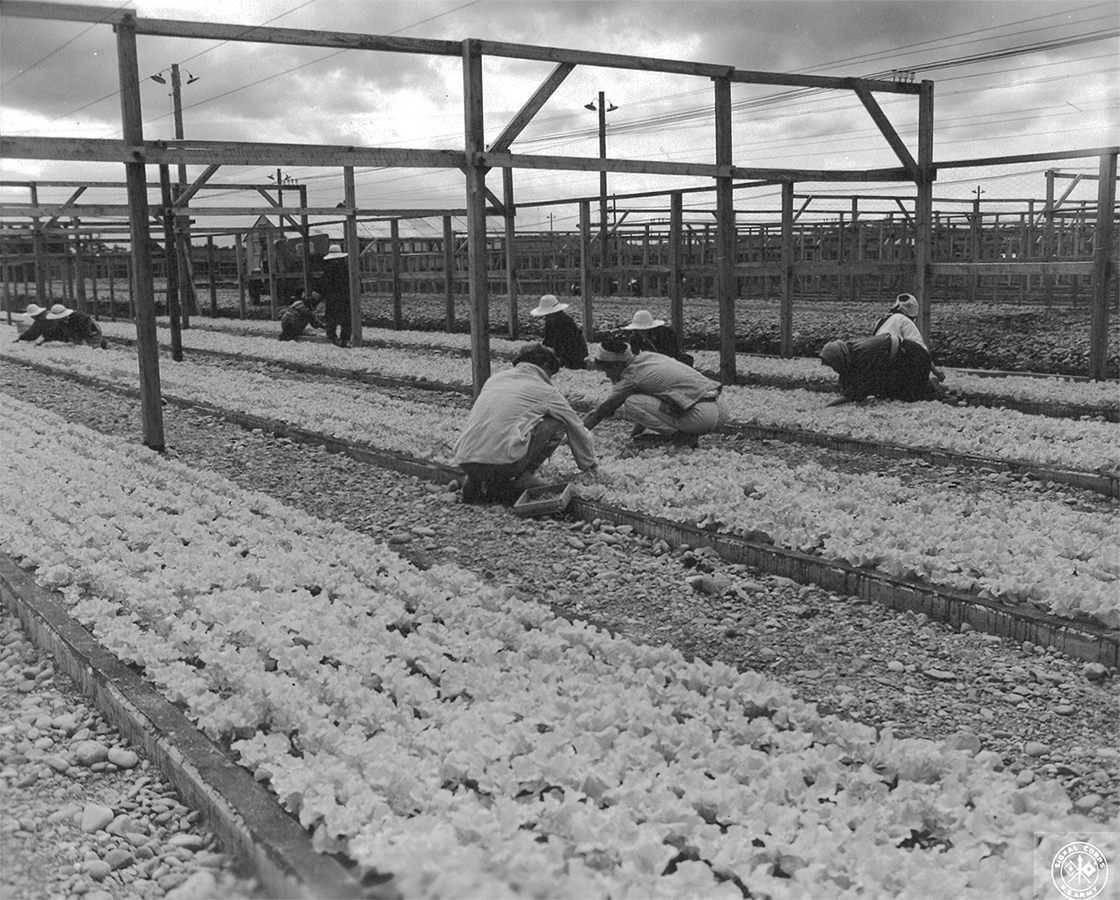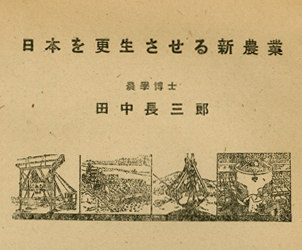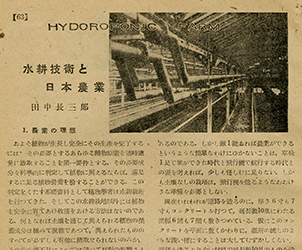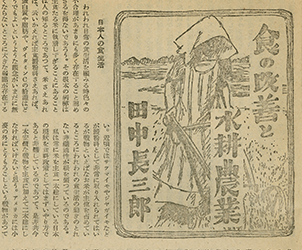Serving Salads and Sowing Seeds of Agricultural Reform
Another significant challenge for those planning the occupation was providing fresh food to American personnel. Little produce would arrive fresh if shipped from the U.S., and Japanese farms, which used human waste for fertilizer, did not meet U.S. military standards of hygiene. The military decided to solve the problem through hydroponic farming.
The U.S. military built the world’s largest hydroponic facility in a suburb of Tokyo and appointed Dr. Chōzaburō Tanaka, a pioneering agronomist, to be the technical advisor for this monumental agricultural experiment. They also employed hundreds of Japanese to produce six kinds of fresh vegetables. This food was supplied exclusively to U.S. military families even as the Japanese people continued to suffer from postwar domestic food shortages.
Although the Japanese did not directly benefit from the American hydroponic farms, they learned from the technological innovations there. Hydroponics used a chemical nutrient solution and gravel instead of soil. Dr. Tanaka saw great potential in the new technology as a means to reform antiquated Japanese agricultural practices. He believed hydroponic farming’s high yields offered a solution to food shortages. Other Japanese experts shared Dr. Tanaka’s faith in the promise of this technology of soil-less agriculture and promoted its benefits in an array of professional and popular publications.
“Hydroponic Farms—Four Yearly Harvests. No Soil Needed.”
Headline in a Local Newspaper Article, Kumamoto Nichinichi Shimbun, September 25, 1949









